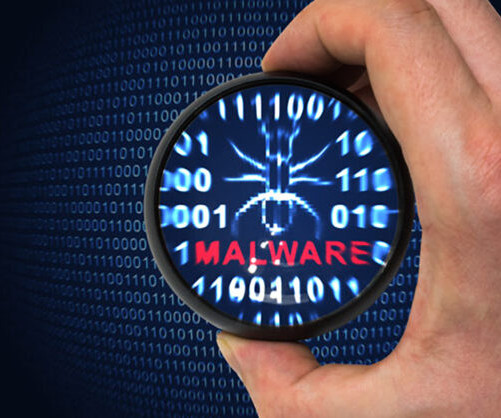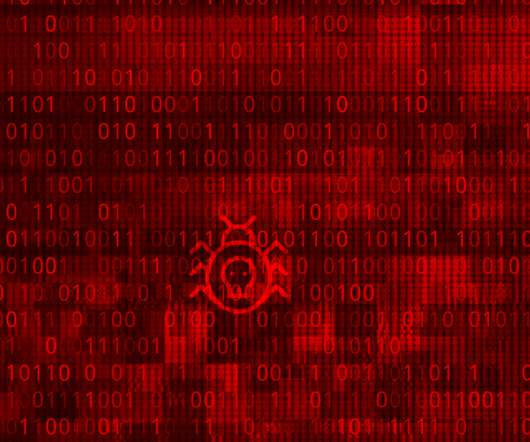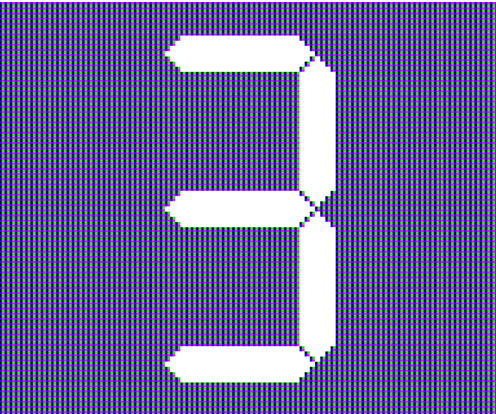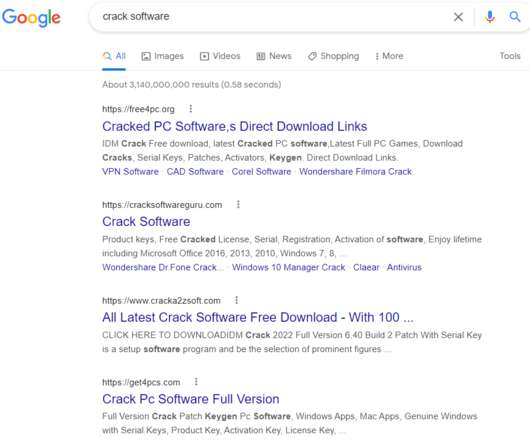Understanding the Different Types and How to Detect Them
CyberSecurity Insiders
APRIL 20, 2023
This can include sensitive information such as usernames, passwords, and banking details, which can then be used for fraudulent or criminal purposes. Adware- Adware is a type of spyware that displays unwanted advertisements on your computer. To detect adware on your computer, you can use an adware scanner.























Let's personalize your content